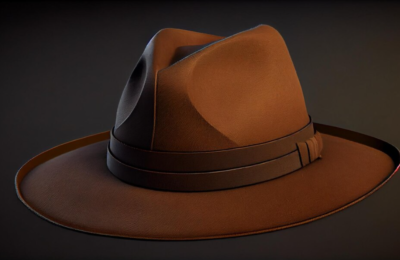Introduction to Shopify Shopify has developed as a prominent e-commerce platform, allowing businesses to establish and…
The Future of Workplace Design and Office Cubicles in the Philippines
The workplace as we know it is constantly evolving, and the Philippines is no exception to this global trend. Over the years, traditional office spaces with cubicles and fixed desks have given way to more flexible and innovative workplace designs. This transformation is driven by changes in technology, workforce expectations, and a growing emphasis on employee well-being. In this article, we will explore the future of workplace design in the Philippines and the role of office cubicles in this evolving landscape.
The Rise of Flexible Workspaces
One of the most significant shifts in workplace design in the Philippines is the rise of flexible workspaces. These spaces are designed to accommodate various work styles and promote collaboration. They often feature open layouts, hot desking, and communal areas that encourage employees to move around and choose the workspace that best suits their needs.
Flexible workspaces have gained popularity in the Philippines as they align with the preferences of the modern workforce. Employees value the freedom to work from different locations within the office, and employers recognize the benefits of moderndesksandofficecubicles.phincreased collaboration and productivity that these spaces can bring. This shift towards flexibility has led to a reduction in the use of traditional office cubicles.
Employee Well-being and the Office Environment
The Philippines, like many other countries, is recognizing the importance of employee well-being in the workplace. Employee wellness is not limited to physical health but extends to mental and emotional health as well. Modern workplace designs prioritize creating environments that support employee well-being.
Traditional office cubicles, with their high walls and lack of natural light, can feel isolating and contribute to feelings of confinement. In contrast, modern workplace designs incorporate more open spaces, natural light, and greenery to create a positive atmosphere that promotes mental and emotional well-being.
Technological Advancements
Technology is a driving force behind the transformation of the workplace in the Philippines. The rise of remote work, the use of cloud-based tools, and the increased reliance on digital communication have reduced the need for physical office space. As a result, companies are reevaluating their office layouts and the role of office cubicles.
Incorporating advanced technology into the workplace is another reason for the shift away from traditional office cubicles. Modern offices are equipped with smart systems that enhance productivity and connectivity. For example, the use of digital signage, sensor-based lighting, and Internet of Things (IoT) devices has become common, making traditional cubicles appear outdated and inflexible.
Office Cubicles Philippines:
Collaboration has become a cornerstone of modern work culture in the Philippines. Companies recognize the value of employees working together, sharing ideas, and fostering creativity. To facilitate collaboration, workplaces have Office Cubicles Philippines evolved to include more open spaces, huddle rooms, and collaborative zones. Traditional cubicles, which tend to isolate employees, no longer align with the collaborative work culture that is highly sought after.
Additionally, the COVID-19 pandemic has accelerated the adoption of hybrid work models, where employees spend part of their time working remotely and part of their time in the office. This shift has placed greater importance on creating spaces that enhance collaboration when employees are physically present in the office.
Sustainability and Eco-Friendly Design
Sustainability is a growing concern in the Philippines and around the world. Modern workplace design emphasizes eco-friendly practices, materials, and layouts. Traditional office cubicles often use materials that are not sustainable and can contribute to a less eco-friendly work environment.
In contrast, contemporary workplaces are designed with sustainability in mind. They incorporate energy-efficient lighting, recycled materials, and the use of natural resources. This not only benefits the environment but also aligns with the values of many employees and customers who prioritize eco-friendly practices.
Remote and Hybrid Work Trends
The COVID-19 pandemic has forever altered the way we view the workplace. Remote work has become more prevalent, and many companies have embraced hybrid work models that combine in-office and remote work. As a result, the physical office space in the Philippines is being reimagined to better accommodate this changing landscape.
The Future of Office Cubicles
While traditional office cubicles are no longer the dominant feature of workplace design in the Philippines, they still have a place in certain contexts. Some industries and roles may require more privacy and concentration, making cubicles a suitable choice. However, these cubicles are likely to be more modern and adaptable, with lower partitions to maintain a sense of openness.
the future of workplace design in the Philippines is marked by flexibility, employee well-being, technology integration, sustainability, and collaboration. Office cubicles are not obsolete, but their role has evolved to fit within these broader trends. The modern office in the Philippines is a dynamic and adaptable space, designed to meet the changing needs and expectations of the workforce.





This Post Has 0 Comments